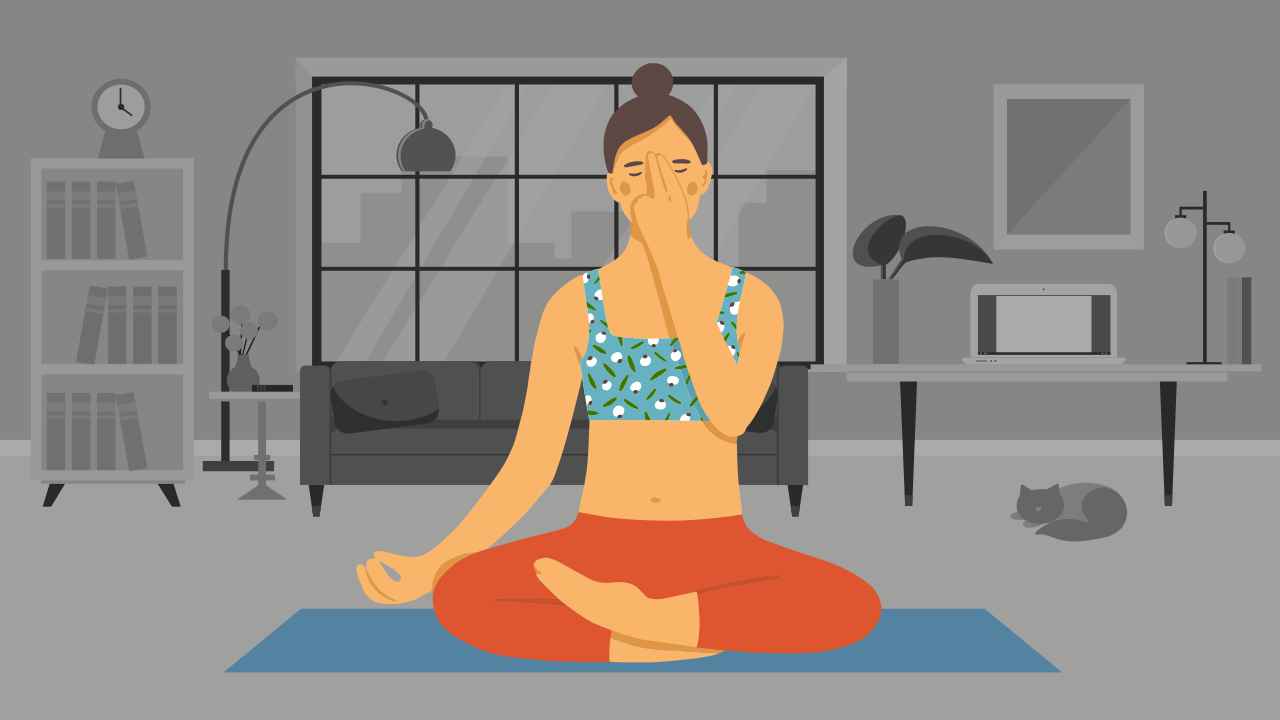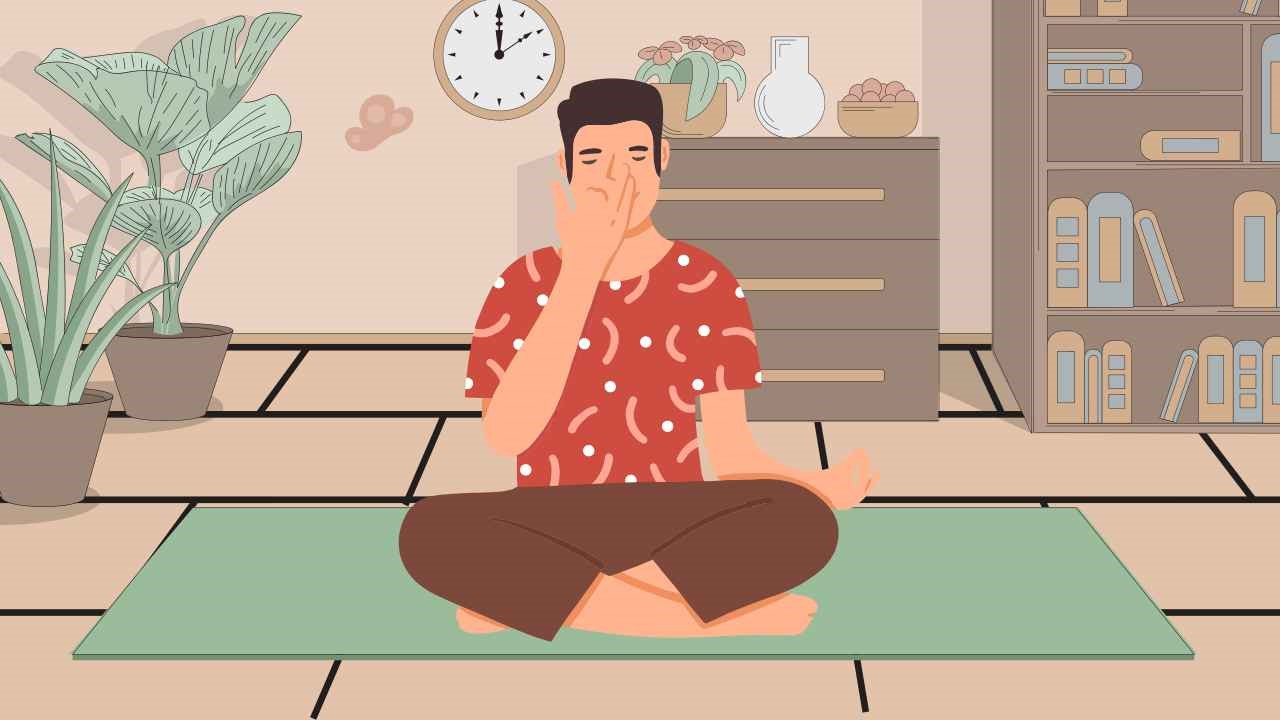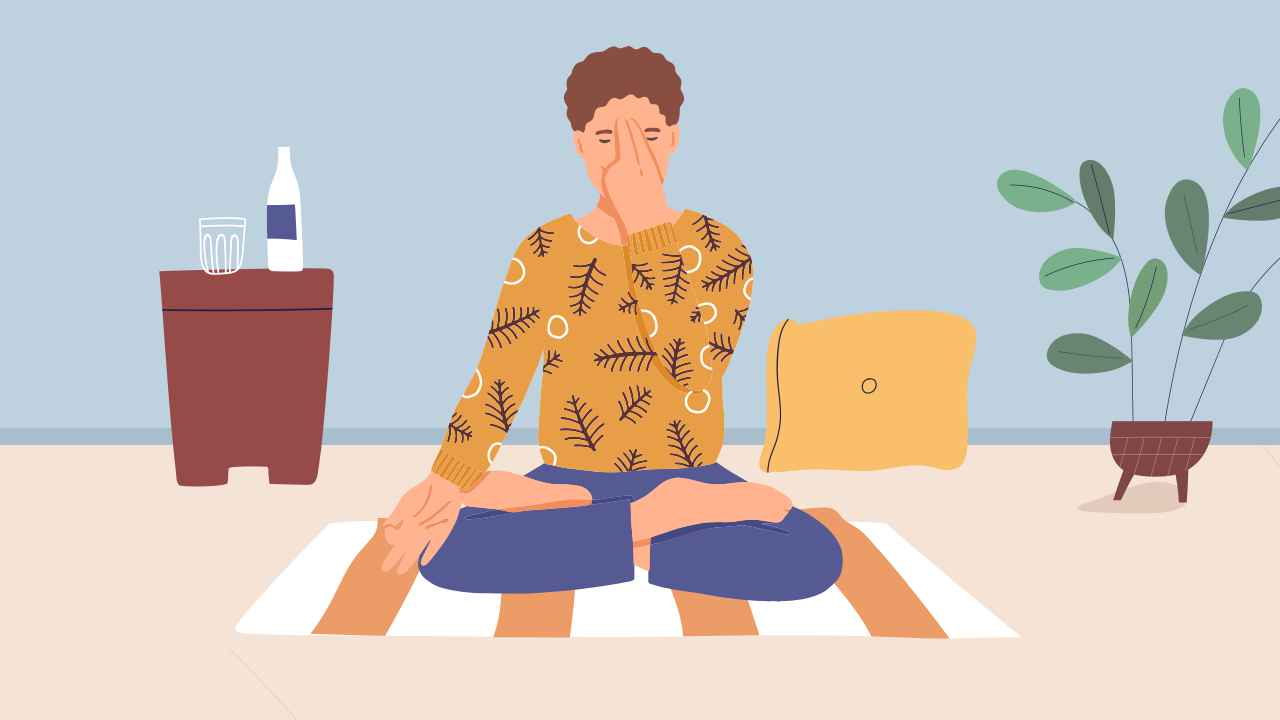
First Traditional Pranayama: How to Practice Ujjayi

Ujjayi or the Victorious Breath is classified as a tranquilizing pranayama, which has a healing effect on our entire body. The daily practice of this pranayama is said to have a soothing effect on the nervous system, which in turn calms the mind. One may experience a profoundly relaxing effect if Ujjayi is practiced with utmost awareness and attention.
Ujjayi pranayama benefits
Ujjayi has several therapeutic effects. It helps relieve insomnia and can be practiced right before going to bed either in savasana or in any other relaxing pose to have a restorative effect. Ujjayi pranayama is useful for those with heart problems, as it is said to reduce high blood pressure. The throat region activation is beneficial for thyroid patients.
Contraindications: Those suffering from heart disease should not hold their breath.
Practice notes
Also read: Pranayama: General Notes for Practitioners
1. Sound of the breath is similar to that of oceanic waves, like that of a baby sleeping, or like the soft snoring sound. The sound of the breath should be audible only to the practitioner alone.
2. Ujjayi may be performed in any position — standing, sitting, or lying down. Those suffering from slipped disc or vertebral spondylitis may opt for Vajrasana or Makarasana.
3. Keep the facial muscles relaxed and do not strain the throat too strongly. The contraction is slight and applied continuously throughout the practice.
4. Keep the inhalation and exhalation long, deep and controlled.
Ujjayi pranayama technique
Also read: Yoga: Types of Breathing Techniques
- Take any comfortable seating posture of your choice (Sukhasana, Padmasana, Vajrasana). Keep your back erect and head and neck aligned.
- Place both your palms gently on your knees. You may choose to take any mudra of your choice or keep them relaxed.
- Place your lips gently on top of one another and keep them shut at all times. Start constricting your throat and inhale through your nose, making a noise from the back of your throat (glottis).
- Continue inhaling till fullness of breath is experienced. Retain the air inside for six seconds.
- Start exhaling the breath out through your nose slowly with or without constricting the throat. The sound and effort here is optional and can be developed later as you advance in your practice.
Counts: Inhale x 3 seconds; constrict the back of your throat
Retain x 6 seconds; hold your breath
Exhale x 3 seconds with or without the sound
If you are practicing without retention of breath try to equalize your breath on each inhalation and exhalation.
Repetition: Practice this pranayama for 5-6 rounds. Advanced practitioners can practice up to 10 rounds at a go.
Awareness: Bring your awareness on the sound that is being produced.













